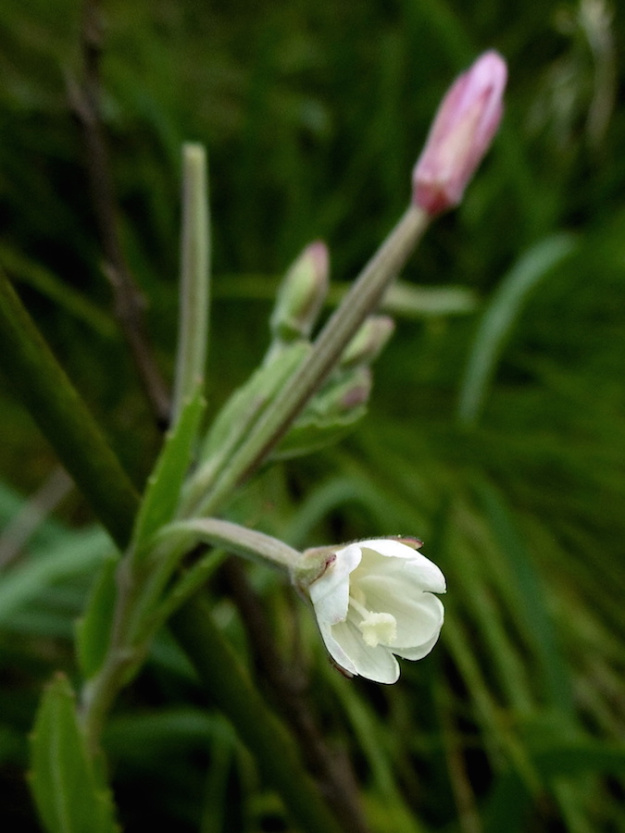Cape willowherb
(Epilobium capense)

Description
Epilobium capense is a species of flowering plant that belongs to the Onagraceae family. It is commonly known as Cape willowherb or Cape willow-herb and is native to the Cape Province of South Africa. The plant has been introduced in other parts of the world, including Australia, New Zealand, and some parts of Europe. Description Epilobium capense is a perennial herb that grows up to 1.5 meters tall. The stem is erect, slightly woody at the base, and has a reddish-brown color. The leaves are alternate, lance-shaped, and have a length of about 5-12 cm. The upper surface of the leaves is green, while the lower surface is covered with a whitish-gray pubescence. The flowers are pink to purple in color, about 1-1.5 cm in diameter, and have four petals. The fruit is a long, narrow capsule that splits open when ripe, releasing numerous small seeds that are dispersed by the wind. Habitat and Distribution Epilobium capense is found in a variety of habitats, including grasslands, savannas, and open woodlands. It prefers moist soils and can tolerate both acidic and alkaline soils. The plant is native to the Cape Province of South Africa but has been introduced in other parts of the world. In Australia, it is considered a weed and is listed as a noxious plant in some states. Cultivation Epilobium capense is not commonly cultivated for ornamental purposes, but it can be grown in gardens. It prefers a sunny position and well-drained soil. Propagation can be done by seeds or by dividing mature clumps in the spring. Uses Epilobium capense has several medicinal uses. The leaves and roots contain tannins, which have astringent and anti-inflammatory properties. The plant has been traditionally used to treat diarrhea, dysentery, and other digestive disorders. It is also used externally to treat wounds, burns, and other skin conditions. In recent years, the plant has been studied for its potential anticancer properties. In addition to its medicinal uses, Epilobium capense has some other uses. The plant has been used as a dye source, with the roots producing a yellowish-brown dye. The plant has also been used as a fodder for livestock, particularly in Australia. Conservation Status Epilobium capense is not currently listed as a threatened species. However, like many introduced plants, it has the potential to become invasive and can displace native vegetation. In Australia, it is listed as a noxious weed in some states, and control measures are recommended to prevent its spread. Conclusion Epilobium capense is a species of flowering plant that has several medicinal uses. It is native to the Cape Province of South Africa but has been introduced in other parts of the world. The plant has potential as an ornamental plant in gardens and has been used as a fodder source for livestock. However, it can also become invasive and should be managed carefully to prevent its spread.
Taxonomic tree:







